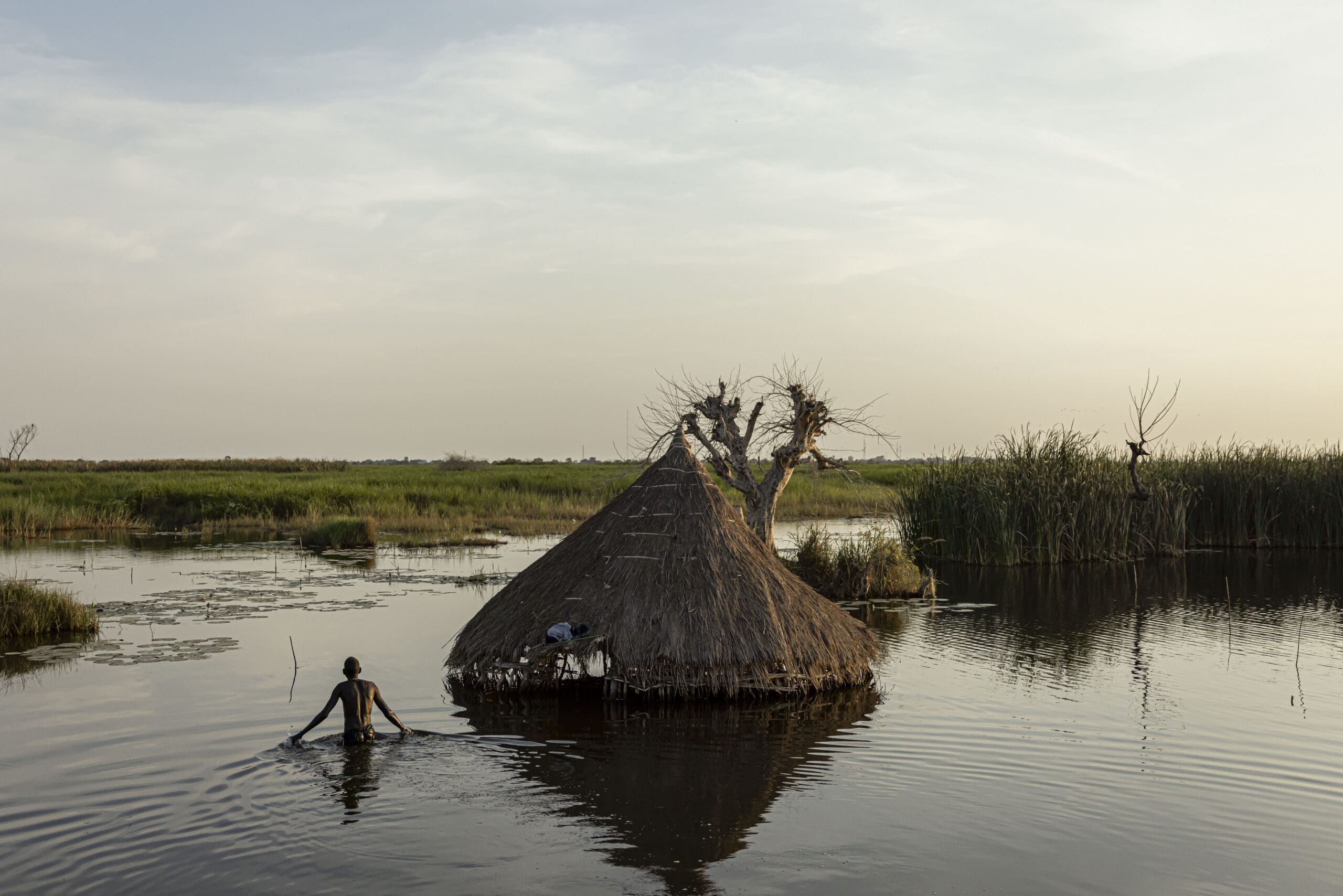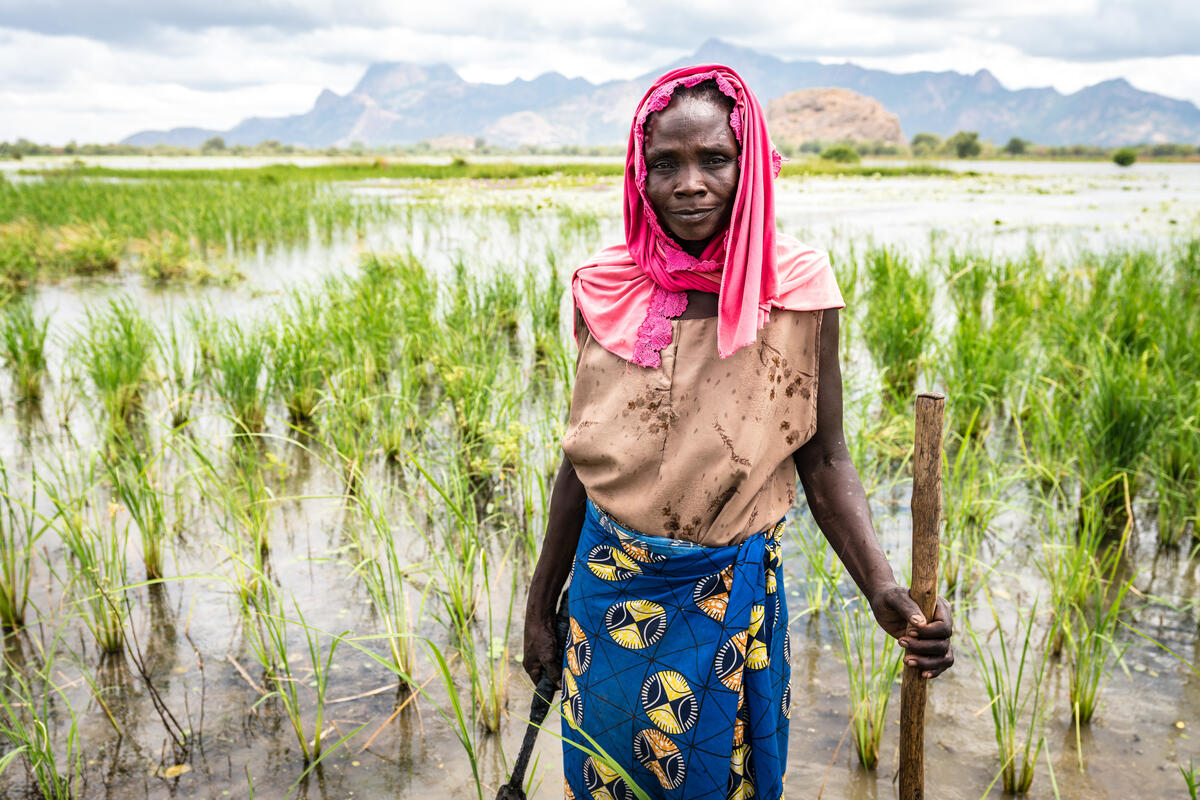
2023 Annual report
A WORLD IN CRISIS
World Food Program USA is a proud supporter of the United Nations World Food Programme. Since 1995, we’ve worked to inspire the American public – individuals, businesses and policymakers – to do everything they can to feed the world’s hungriest people. Take a peek into our 2023 Annual Report to see highlights from another year of global impact.
2023 was a year steeped in crises. Intense conflicts forced millions of people to flee their homes and go days without eating. The hottest year on record fueled droughts, floods and wildfires that hit marginalized populations hardest. Rising costs continued to make even basic food items unaffordable for the people we serve – those living on less than two dollars a day.
Whether through food and cash, nutritional supplements or school meals,
WFP overcame immense challenges to fulfill its mission.
EXTREME HUNGER AROUND THE WORLD
The number of extremely hungry people has more than doubled since 2020. At the end of 2023, 333 million people couldn’t feed themselves or their families.
World Food Program USA is working tirelessly to change that.
Thanks to you, we raised enough money last year to provide the equivalent of 278 million meals to families like these.
WFP’s 2023 impact
In 2023, WFP assisted 152M people. Over half of the people served were women and girls.
WFP delivered 8 billion
pounds of food.
WFP reached 152 million people with food and other assistance.
WFP distributed $2.9B in cash to more than 50M people.
in focus: HOW WFP SAVES LIVES IN EMERGENCIES
WFP is the world’s first responder, cutting through the chaos and uncertainty of crises to provide immediate relief. From violent conflicts to climate disasters, WFP continued to show up for people living through the most dangerous hunger crises in the world and tailored its response to meet the unique needs of each community.
Below, you can see how WFP responded to some of the most dire hunger crises of 2023.

As hostilities intensified, WFP scaled up and adapted its response to reach over 1.5M Palestinians across Gaza and the West Bank – three times more than planned.


In February 2023, two earthquakes hit southern Türkiye – just 50 miles from the Syrian border. WFP swiftly scaled up to reach survivors with ready-to-eat foods.


The violence in Sudan quickly triggered the world’s largest internal displacement crisis. WFP dispatched nearly 400M pounds of food and $36M in cash to Sudanese civilians.


Despite relentless drone strikes and military attacks on Ukraine, WFP grew its school meals program by more than 400% in 2023. These meals improved their nutrition and protected their access to education during the war.


Seven earthquakes exacerbated the country’s already dire humanitarian crisis resulting from decades of conflict, climate shocks and economic instability. WFP reached 18.6M Afghan citizens, 30% of whom had disabilities.


In South Sudan, consecutive floods have left large swathes of the country underwater. WFP responded with large-scale community projects to restore people’s access to food and rebuild what had been lost to floodwaters.

We are incredibly grateful to all our supporters – from individuals to corporations to institutional funders – who helped fuel WFP’s work in 2023. Your tireless resolve will help us reach our shared mission to end hunger. Read the full report to see the list of our most generous contributors.
PREVIOUS ANNUAL REPORTS

























